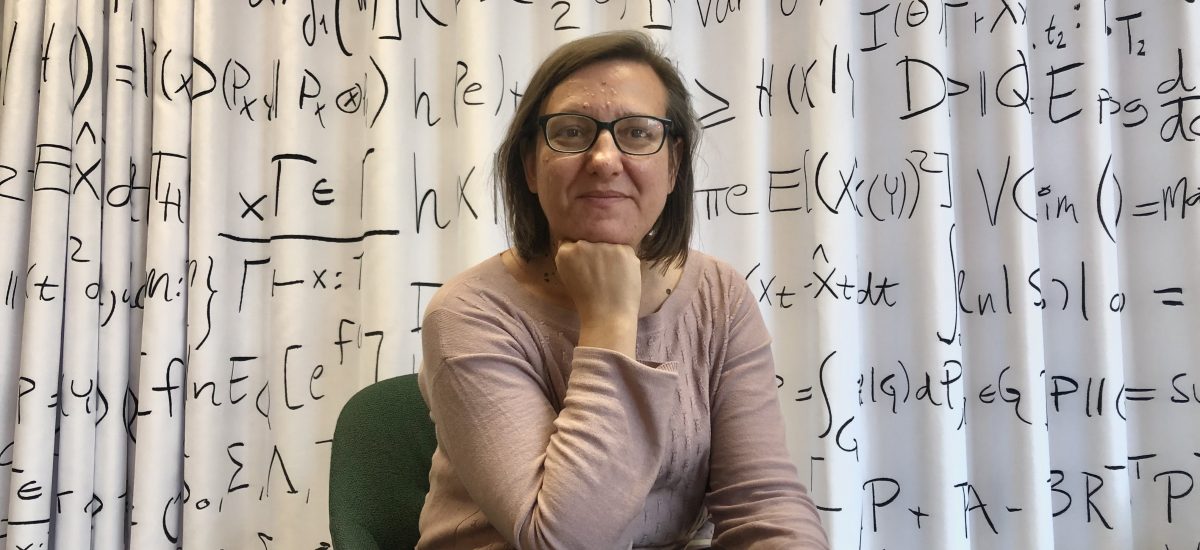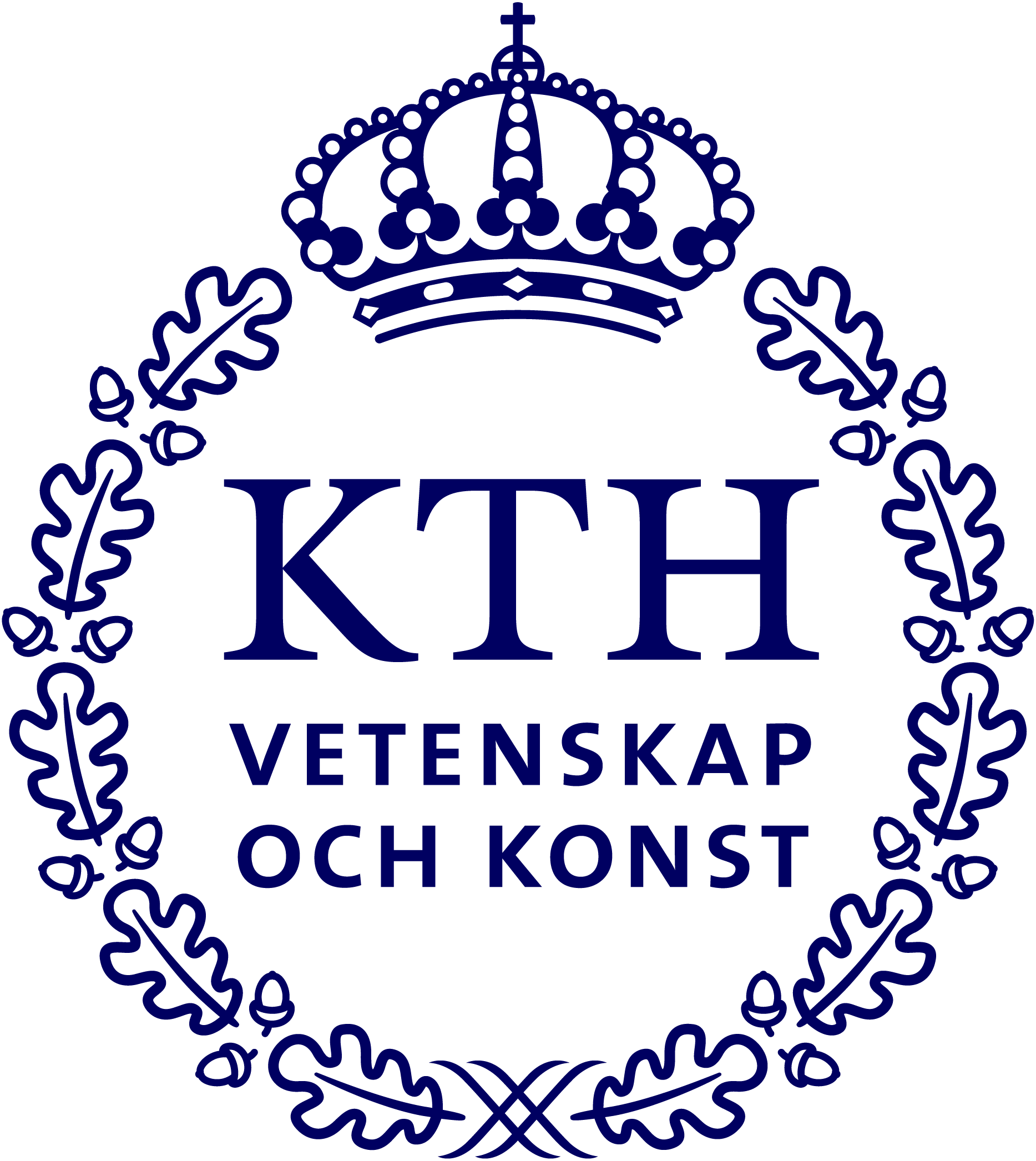
Meet Sandra Pauletto – Associate Director Mobility at Digital Futures – committed to creating a more diverse and inclusive research environment
Sandra Pauletto is an Associate Professor in the Media Technology and Interaction Design division at KTH EECS. She’s also a Member of the Executive Committee and Digital Futures Faculty and newly appointed Associate Director of Mobility.
Hi Sandra, welcome to Digital Futures as the new Associate Director for Mobility – describe your role at Digital Futures.
– In this role I organise and direct the mobility work for Digital Futures which includes the postdoc fellows call and the scholar in residence initiative. We focus on bringing talented and inspiring researchers to the Digital Futures environment. On a week-by-week basis I write and promote funding calls. I recruit and support the peer review of applications, I collaborate with HR to ensure that the calls are a good fit for the various institutions involved in Digital Futures and support our growing cohort of postdoc fellows in creating a programme of activities for their career development. I am committed to creating a more diverse and inclusive research environment.
Tell us a bit about your long-time experience in research and what motivates you as a researcher.
– My main research interests are sound and music computing, media production, sound design, sonic interaction design and sonification. This stems from my love for sound and music and their unique ability to communicate and emotionally touch people, which developed since I was a child learning to play classical guitar. Sound is a highly complex medium. It is difficult to understand how we make sense of it in our day-to-day life often without much awareness. But we constantly do: we judge the sounds around us and make decisions on the basis of it. Progressing knowledge in this area, and developing ways to design new sounds that can tell us something about our “invisible” digital society, in support of applications for health, sustainability and accessibility is what motivates me.
Throughout my career I have worked on a number of projects funded by the UK research councils, the British Academy, the EU, etc. To give a couple of examples, I am currently the PI of a project funded by the Swedish Energy Agency on developing new sonic interactions for the home to increase our awareness of energy consumption, saving and efficiency. I am also one of the PIs of a new funded EU MSCA Doctoral Network on sound/music and sleep called “Lullabyte”.
You have a background in physics and music and have worked both at the University of York and the University of Huddersfield in the United Kingdom – what did you do?
– Physics is quite important to understand what sound is (air pressure waves), how it behaves in a space (acoustics) and how we have been able to transform it into a discrete digital signal (sampling). Maths, music, sound and physics have always been connected. When I finished my PhD in 2008 at the University of York, I took up a position as an Assistant Professor in music technology in the Engineering School at the University of Huddersfield, and I taught in the music technology degree there. However, I kept living in York, which is a lovely city, and when the opportunity arose to apply for a position as a Lecturer in Sound Design in a newly opened department of Theatre, Film and TV in York, I was very excited.
For a number of years, I was the Director of the Master in Sound Design teaching students how film sound is produced and how it functions as a storytelling device. I really enjoyed working in a creative, highly interdisciplinary department with talented filmmakers, actors, directors, and interaction designers. In addition to music, I have always loved cinema, so being able to do research with sound in this context was very interesting to me. I believe that to develop new sounds for the new interactive digital objects of the future, we need to harness the tacit knowledge of the creative sound design practitioners who usually work in media production contexts (radio, film, TV, games, etc.). My highly interdisciplinary expertise in between the sciences and the arts and humanities is what made me the successful candidate for the position of Associate Professor with specialisations in media production and sound computing here at KTH in 2019.
In your profile, you state that your main research interests are sound and music computing, media production, sound design, sonic interaction design and sonification – can you tell us a bit more? Where does this interest come from?
– This stems from a few things. I was very good at maths when I was at school, and as a child I loved listening to music, play music, and watch films. As I come from near Venice, I used to go to the Venice Film Festival as much as I could. My town is also the birthplace of a pioneer of sound design: Futurist artist Luigi Russolo who, at the start of the 20th century, made unique mechanical noise synthesisers called “intonarumori” and travelled Europe making avant-garde concerts with them. We learnt about him at school, and I think that that experience developed my interest in these subjects. I feel very fortunate that I have been able to develop a career that combines all these interests.
Finally, tell us a little bit about yourself!
– I am originally from the north-east of Italy, and I lived in the north of England for 23 years before coming to Sweden in 2019. I have two children, 7 and 12, who constantly put me to shame as they now speak perfect Swedish, while I still have a lot to learn!


